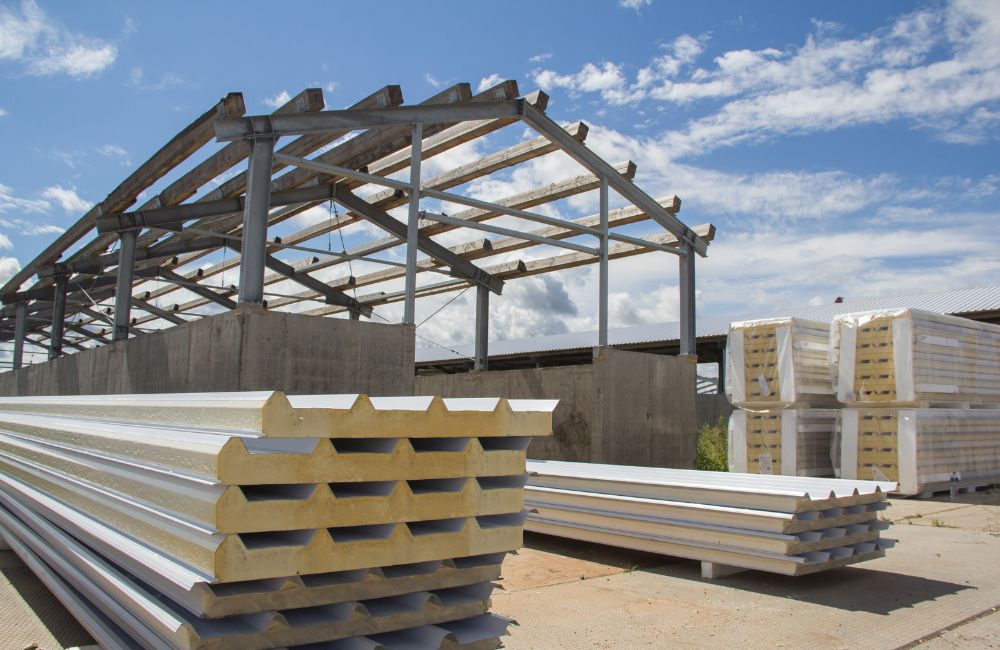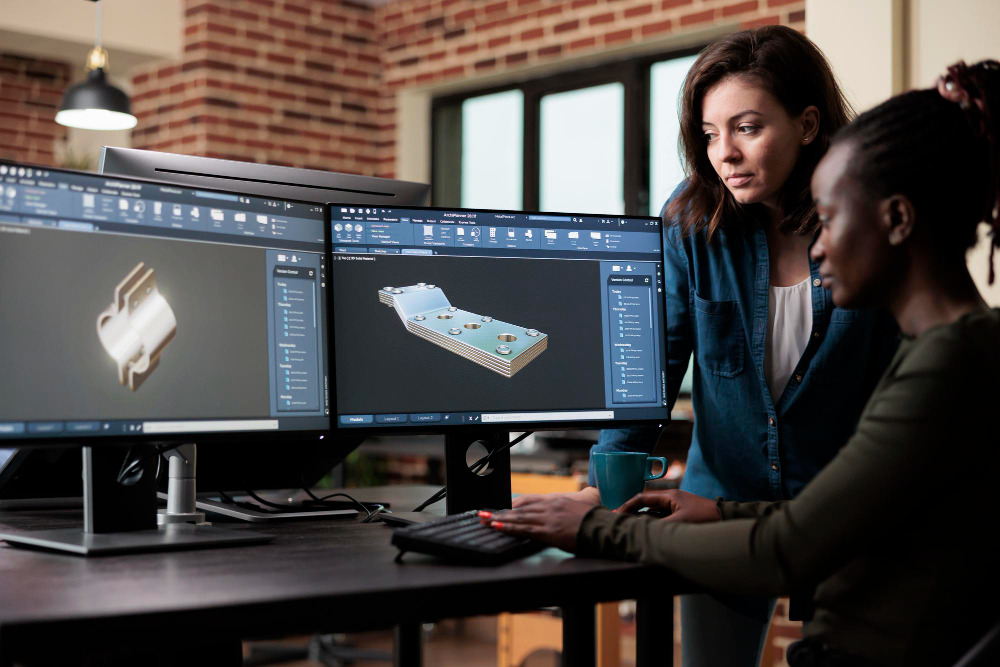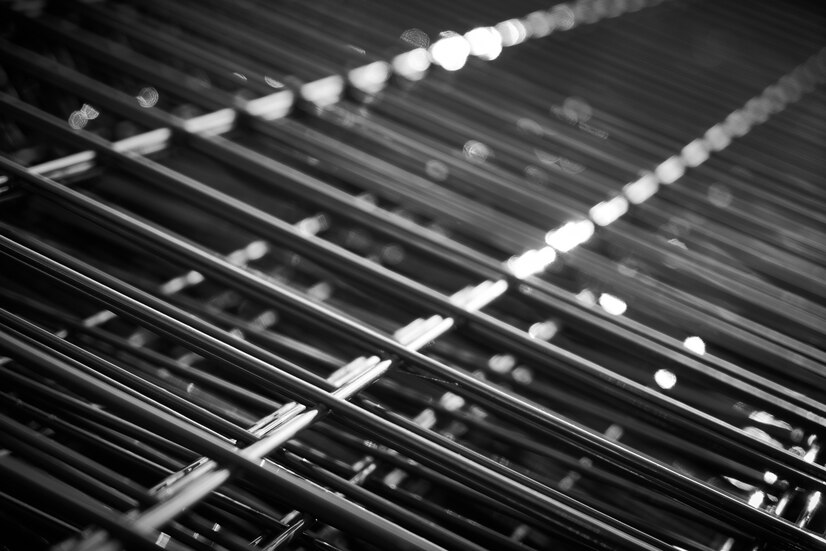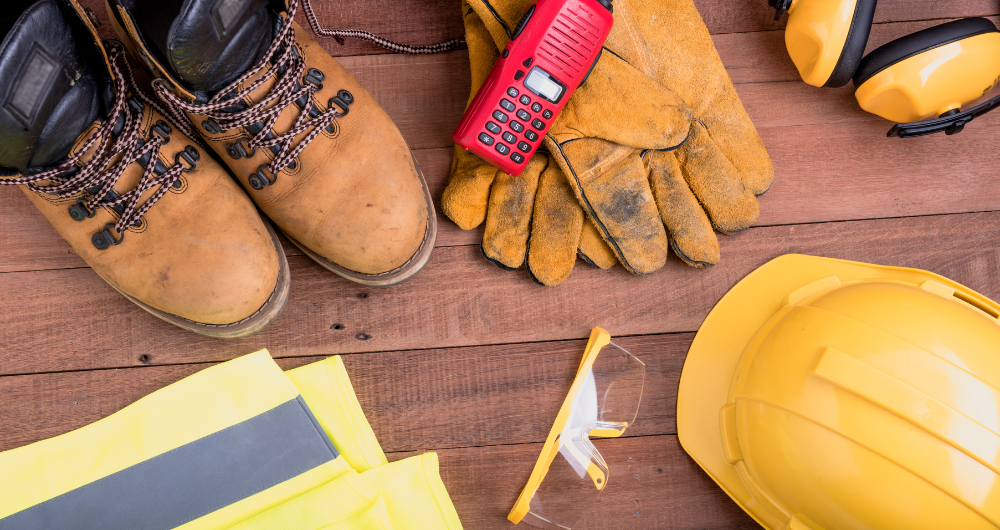 Construction safety remains a critical focus in 2025 as the industry continues to grapple with workplace hazards and evolving safety protocols. Despite advancements in technology and safety training, construction remains one of the most dangerous industries in the United States and globally. Understanding the latest safety statistics and emerging trends is crucial for construction companies striving to reduce accidents and protect workers.
Construction safety remains a critical focus in 2025 as the industry continues to grapple with workplace hazards and evolving safety protocols. Despite advancements in technology and safety training, construction remains one of the most dangerous industries in the United States and globally. Understanding the latest safety statistics and emerging trends is crucial for construction companies striving to reduce accidents and protect workers.
Table of Contents
Overview of Construction Safety
Top Construction Safety Statistics
Common Causes of Construction Accidents
Other Key Construction Safety Hazards
Construction Safety Training and Best Practices
Why Working with a Trusted Construction Company Is Important
Take Construction Safety to the Next Level with Claris Design•Build!
Key Takeaways✔ Construction is one of the most hazardous industries, accounting for approximately 20% of all workplace fatalities in 2023. ✔ Falls and trips are the primary cause of construction fatalities, making up 38.4% of deaths, with struck-by accidents and electrocutions also being significant contributors. ✔ The cost per fatality in construction is estimated at $1,390,000, with total annual costs of injuries and fatalities reaching $11.5 billion. ✔ Struck-by incidents make up 17% of fatal injuries, while caught-in/between accidents account for 2%. ✔ Fatal injuries among Hispanic construction workers rose by 107.1% from 2011 to 2022, with Hispanic workers making up 37.5% of construction fatalities in 2022. ✔ OSHA's most cited construction safety violation in 2023 was a lack of fall protection, with 7,188 violations reported. ✔ Innovations like smart helmets, VR training, and automated safety monitoring help reduce accidents and improve training effectiveness. ✔ Comprehensive training programs, regular safety drills, and leveraging technology are crucial for minimizing workplace accidents. ✔ Hazardous noise impacts 51% of construction workers while increasing heat conditions pose a growing risk of injury and death. ✔ Working with reputable construction companies ensures proven safety practices, quality workmanship, and effective project management. |
Overview of Construction Safety
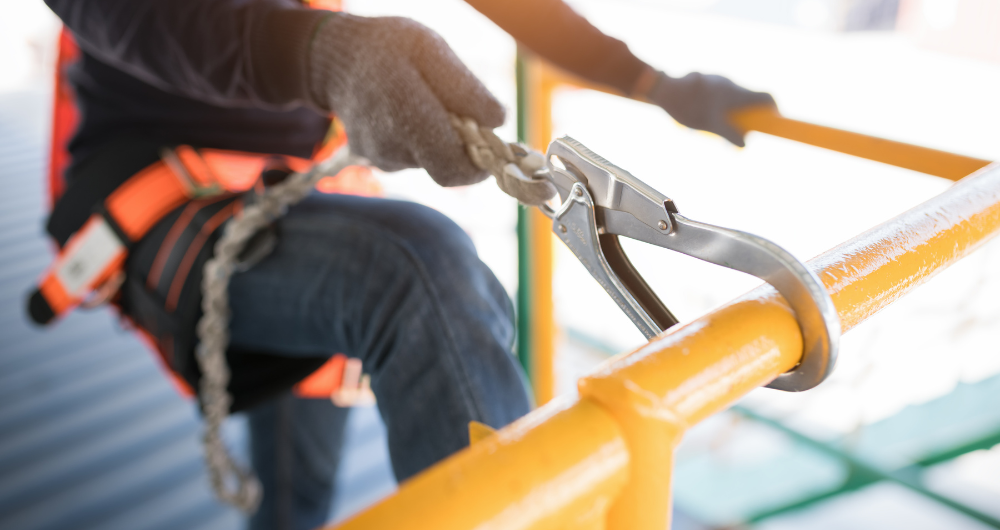
The construction industry remains one of the most hazardous industries in the United States and worldwide. Despite recent improvements, significant safety challenges persist. Understanding the statistics behind these challenges helps companies develop better safety protocols and reduce workplace accidents.
1. According to the Occupational Safety and Health Administration (OSHA), construction workers account for approximately 20% of all workplace fatalities in the United States in 2023.
2. In 2023, the fatal injury rate for construction workers is 9.6 per 100,000 workers, the same rate as in 2022.
3. The construction industry recorded 2.3 nonfatal occupational injuries or illnesses per 100 full-time equivalent workers in 2023.
4. According to the Bureau of Labor Statistics (BLS), non-fatal injuries in construction is at 173,200 cases in 2023.
5. The average cost per medically consulted injury is estimated at $40,000.
6. The cost per fatality was $1,390,000. This amount includes estimates for wage losses, medical expenses, administrative costs, and employer expenditures.
7. The total cost of construction-related injuries and fatalities is $11.5 billion annually.
8. Texas has recorded the highest number of construction fatalities among U.S. states, with over 1,000 fatal injuries in the state.
9. In 2024, the construction industry had a 2.8% absence rate.
Top Construction Safety Statistics
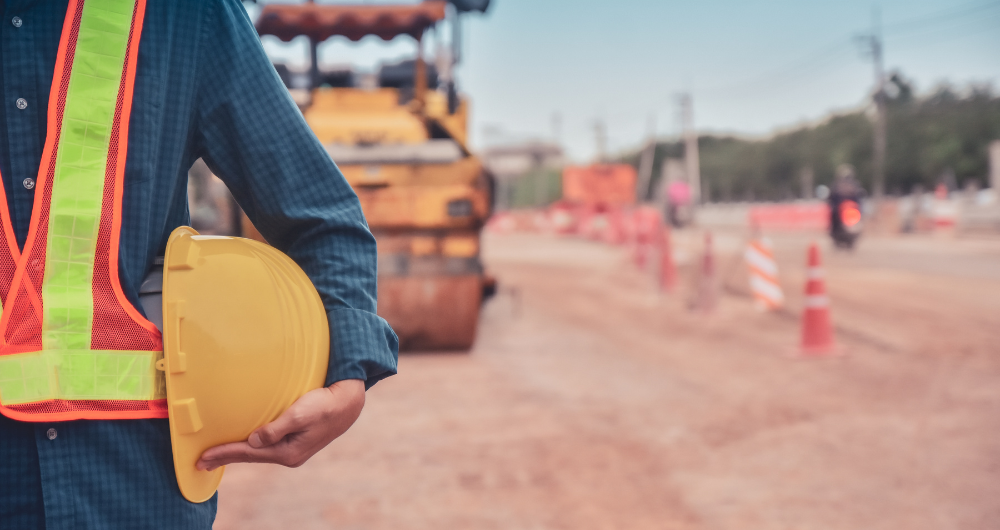
Staying updated with current safety statistics is vital for construction companies to adapt their safety practices and mitigate risks. The following are some of the most significant safety metrics:
10. In 2022, the construction industry accounted for nearly one in every five workplace fatalities.
11. Falls, slips, and trips remain the leading cause of fatalities, accounting for 38,4% of all construction deaths.
12. The construction industry was responsible for nearly half (47.4%) of all fatal falls, slips, and trips in 2022.
13. According to the National Institute for Occupational Safety and Health (NIOSH), from 2011 to 2021, struck-by injuries accounted for approximately 17% of fatal injuries in construction.
14. Electrocutions account for 8% of construction fatalities.
15. Caught-in/between accidents are responsible for 2% of all fatalities.
16.Musculoskeletal injuries make up over 20% of non-fatal injury cases in construction.
17. OSHA penalties for construction safety violations can reach up to $16,550 per serious violation, $16,550 per day for failure to abate, and $165,514 for willful or repeated violations.
18. In 2023, OSHA’s most cited construction regulation was a lack of fall protection, with 7,188 violations.
Common Causes of Construction Accidents
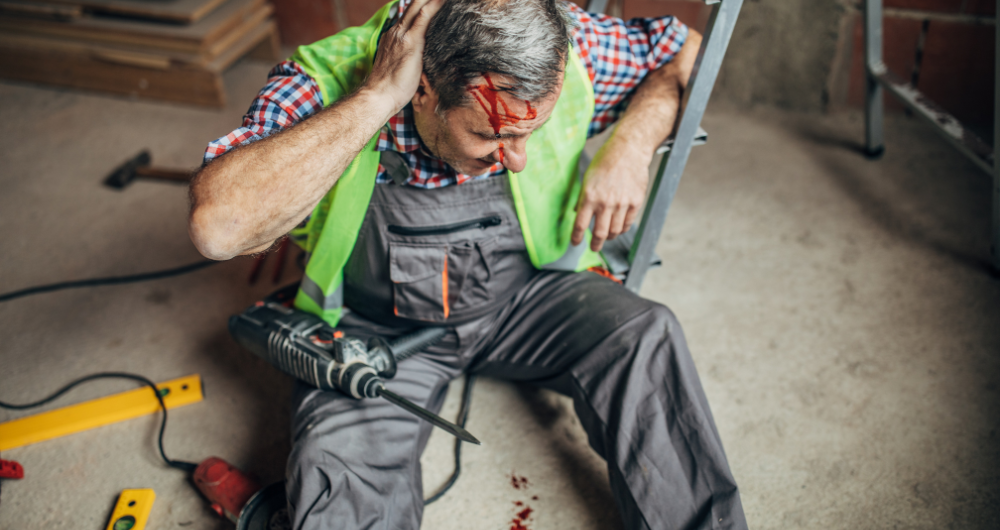
Despite improvements in safety practices, the primary causes of construction accidents remain consistent with past trends. Identifying these causes is essential for implementing targeted safety measures.
Falls from Height
19. Since 2013, the construction industry has averaged over 300 fatal and 20,000 nonfatal fall-related injuries annually.
20. Falls, slips, and trips accounted for 39.2% of all construction fatalities.
21. The majority of fatal falls to a lower level within construction (260 deaths or 64.4%) occurred from heights ranging between 6 and 30 feet.
22. Portable ladders and stairs were the leading cause of 109 construction fatalities.
Struck-By Incidents
23. Struck-by accidents are the second most common cause of fatalities.
24.Approximately 75% of struck-by fatalities result from heavy equipment or machinery.
25. Construction workers make up one in every four workplace fatalities caused by being struck by a vehicle.
Electrocutions
26. Approximately half of all fatal workplace injuries related to electricity exposure over a recent 10-year period occurred within the construction industry.
27. Between 2011 and 2020, there were 19,900 nonfatal electrical injuries reported across all industries, with the construction industry accounting for 24.4% (4,900) of these incidents.
28. In the construction industry, fatal electrical injuries were more frequently caused by direct exposure (58.8%) than indirect exposure.
Caught-In or -Between
29. Between 2011 and 2018, trench collapses claimed the lives of 168 workers, with 135 of those fatalities occurring in the private construction industry.
30. Approximately 285,240 private industry workers were treated in emergency rooms for nonfatal workplace injuries or illnesses
31. Around 32.1% of all private sector incidents resulted in days away from work.
Other Key Construction Safety Hazards
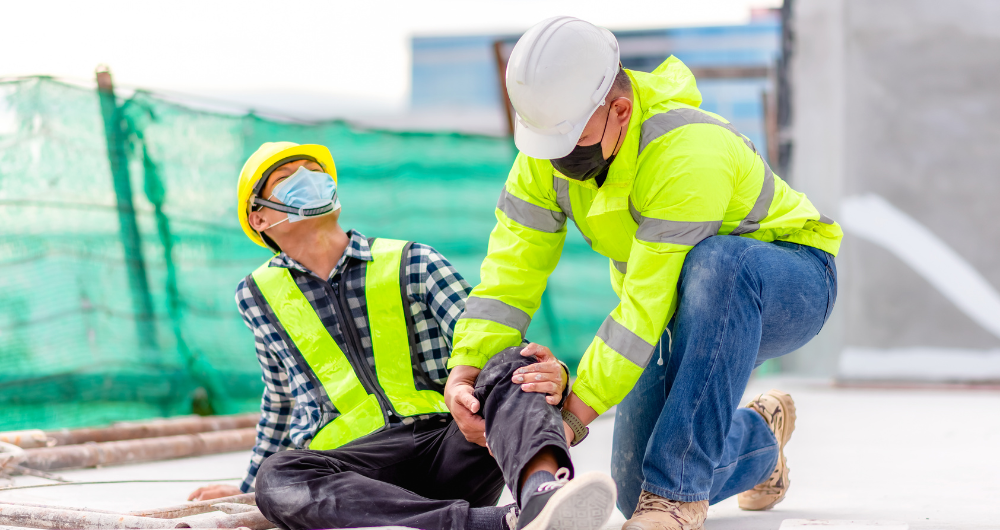
32. Between 2011 and 2021, the construction industry was responsible for 85.4% of all fatal trenching injuries.
33. From 2011 to 2022, nearly 90% (89.7%) of nonfatal trenching injuries occurred in the construction industry.
34. Hazardous noise exposure impacts 51% of construction workers.
35. Approximately 14% of construction workers experience hearing difficulty, while 7% suffer from tinnitus.
36. Construction trade workers are significantly more likely to experience hearing impairment (56.73%) compared to those in administrative, security, or scientific roles (41.18%).
37. The standard (29 CFR 1926.1153) mandates that employers limit worker exposure to respirable crystalline silica and implement additional protective measures.
38. Extreme heat conditions are becoming more frequent across the United States, putting an increasing number of workers at risk of injury, illness, and death.
39. Between 1992 and 2022, a total of 986 workers across all industry sectors in the United States lost their lives due to heat exposure.
40. Construction workers reported the highest average exposure to workplace risks among all industries, including work at heights (82%), thermal stress (80%), and heavy equipment operation (79%).
41. From 2011 to 2023, the number of Hispanic construction workers rose by 1.8 million, while non-Hispanic workers increased by 1.0 million.
42. Around 30% of construction workers in the U.S. identify as Hispanic.
43. Between 2011 and 2022, fatal injuries among Hispanic construction workers rose by 107.1%.
44. In 2022, Hispanic workers made up 37.5% of all construction fatalities.
Construction Safety Training and Best Practices
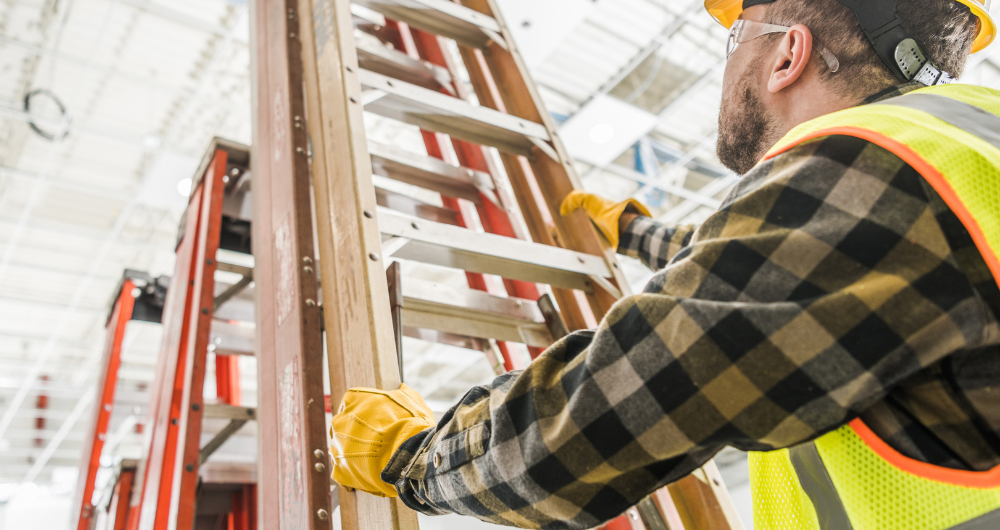
Effective safety training is essential in minimizing accidents and injuries on construction sites. As one of the most hazardous industries, construction demands continuous education and rigorous safety practices to protect workers and reduce risks. The following best practices are crucial for establishing a robust safety culture and ensuring compliance with safety regulations.
1. Implement Comprehensive Safety Training Programs
A well-structured safety training program is vital for equipping workers with the knowledge and skills needed to identify and mitigate hazards. Key components of an effective training program include:
- OSHA Compliance Training: Educate workers on OSHA standards relevant to their specific tasks, including fall protection, electrical safety, and hazard communication.
- New Hire Safety Orientation: Introduce safety protocols and procedures from day one to establish a safety-first mindset.
- Task-Specific Training: Provide specialized training for tasks involving heavy machinery, scaffolding, trenching, and electrical work.
- Refresher Courses: Regularly update workers on new regulations and reinforce essential safety practices.
2. Conduct Regular Safety Drills and Simulations
Safety drills and hands-on simulations allow workers to practice responses to potential hazards without the risk of injury. Incorporating real-world scenarios helps build muscle memory and reinforces proper safety techniques. Common drills include:
- Fall Arrest and Rescue Drills: Practice using fall protection systems and conducting rescue operations.
- Fire Safety Drills: Train workers to respond efficiently to fire emergencies, including the use of fire extinguishers and evacuation procedures.
- Electrical Hazard Simulations: Demonstrate safe practices when working near power lines and electrical equipment.
3. Promote a Safety-First Culture
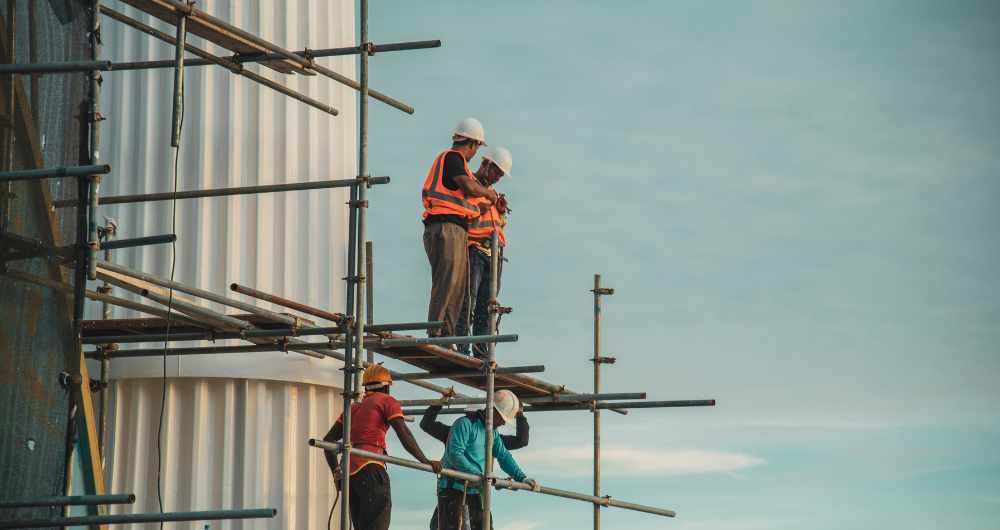
Fostering a safety-first culture goes beyond compliance; it involves actively engaging workers in safety practices and making safety an integral part of daily operations. Strategies to build a strong safety culture include:
- Leadership Commitment: Leaders should model safe practices and prioritize safety as a core company value.
- Open Communication: Encourage workers to report hazards without fear of reprisal and provide channels for anonymous reporting.
- Safety Incentive Programs: Reward teams and individuals who consistently demonstrate safe behavior or contribute to safety improvements.
4. Leverage Technology for Safety Training
Advanced technologies are revolutionizing safety training, making it more interactive and effective. Innovative tools include:
- Virtual Reality (VR) Training: Simulate high-risk scenarios, such as working at heights or operating heavy machinery, to enhance hazard awareness.
- Augmented Reality (AR) Safety Guides: Display real-time safety instructions directly on equipment through smart devices.
- Online Safety Modules: Offer digital courses and certifications to accommodate flexible learning schedules.
5. Monitor and Evaluate Training Effectiveness
It is essential to continuously assess the effectiveness of safety training programs. Regular evaluations help identify areas for improvement and ensure that training goals are met. Key evaluation methods include:
- Post-Training Assessments: Test workers' knowledge and skills to verify comprehension
- Performance Monitoring: Observe how well workers apply training in real-world scenarios.
- Incident Analysis: Review accident reports to determine whether inadequate training played a role.
6. Encourage Worker Participation and Feedback
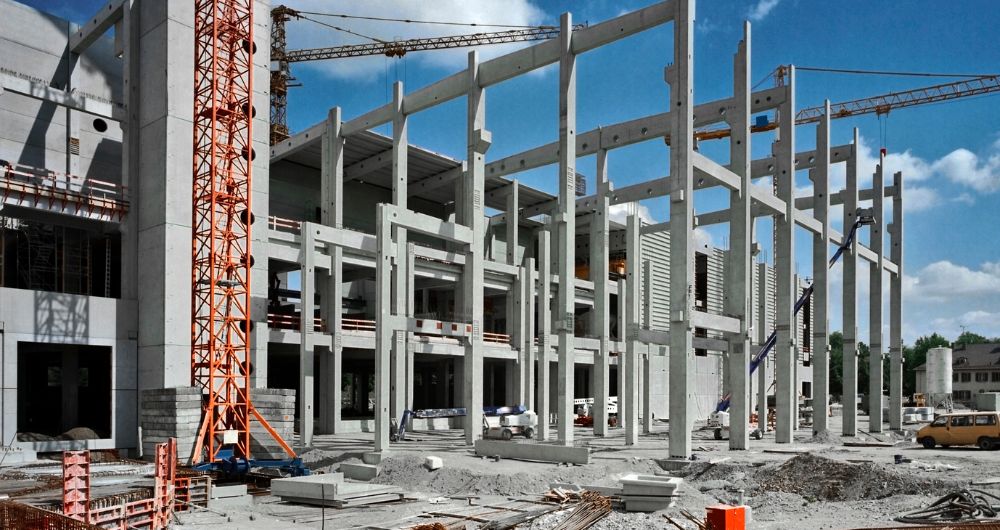
Engaging workers in safety planning and decision-making fosters a sense of ownership and accountability. Ways to involve workers include:
- Safety Committees: Create groups of employees who regularly discuss safety improvements and share feedback.
- Toolbox Talks: Hold short, frequent meetings to discuss safety topics and share lessons learned from recent incidents.
- Surveys and Questionnaires: Collect worker opinions on training effectiveness and areas that need more focus.
Why Working with a Trusted Construction Company Is Important
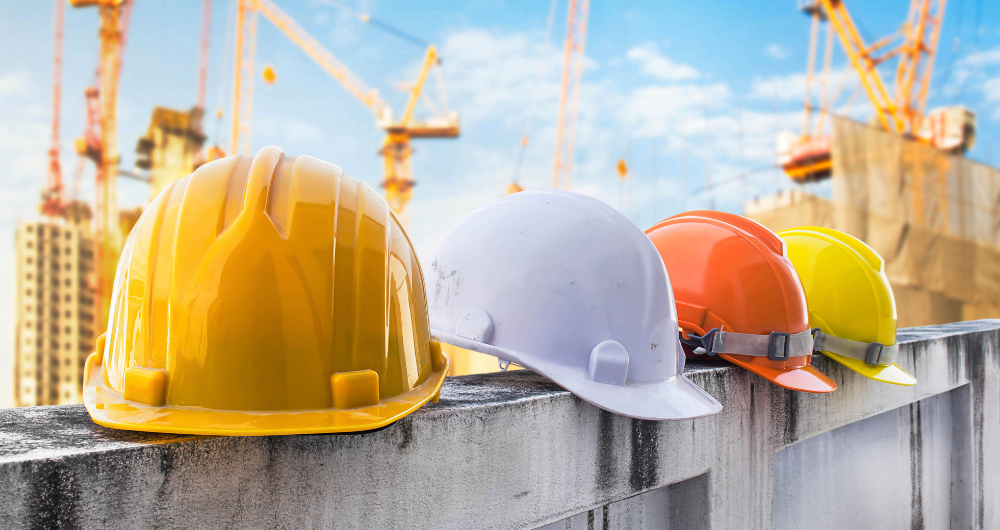
Choosing the right construction company can make all the difference when it comes to safety, quality, and efficiency on the job site. A trusted construction company brings a wealth of experience, proven safety practices, and reliable project management to every task, ensuring that projects are completed safely, on time, and within budget.
1. Proven Safety Practices and Compliance
Safety should always be the top priority in construction. Trusted construction companies like Claris Design•Build adhere strictly to OSHA regulations and industry best practices to minimize risks and protect workers. They invest in comprehensive safety training, utilize state-of-the-art protective equipment, and conduct regular safety audits to ensure compliance. Working with a reputable contractor means:
- Fewer Accidents and Injuries: Proven safety protocols reduce the risk of workplace incidents, saving lives and minimizing downtime.
- Regulatory Compliance: A reliable company stays up to date with the latest safety regulations, avoiding costly fines and legal issues.
- Peace of Mind: Knowing that workers are protected allows clients to focus on project outcomes rather than potential liabilities.
2. High-quality workmanship and Reliability
A reputable construction company is known for delivering high-quality results. They employ skilled tradespeople who are trained to perform work efficiently and correctly. By prioritizing quality workmanship, these companies help ensure that projects:
- Meet Industry Standards: Adherence to quality control measures guarantees durable and lasting outcomes.
- Reduce Rework and Repairs: Attention to detail minimizes errors, saving time and money in the long run.
- Enhance Property Value: High-quality construction not only improves aesthetics but also boosts property longevity and value.
3. Efficient Project Management
Managing a construction project requires careful planning, coordination, and execution. Trusted companies have well-organized management processes that streamline each phase of construction, from initial design to project completion. Benefits include:
- Timely Project Completion: Experienced managers oversee every aspect to ensure deadlines are met.
- Cost Control: Accurate budgeting and resource allocation help avoid unexpected expenses.
- Clear Communication: Clients receive regular updates and transparent reports on progress, preventing misunderstandings and delays.
4. Access to Skilled Professionals and Modern Equipment
A trusted construction company maintains a team of skilled professionals who are experts in their respective fields. From architects and engineers to carpenters and equipment operators, their workforce is equipped to handle even the most complex projects. Additionally:
- Cutting-Edge Equipment: Reliable companies invest in modern machinery and tools to increase efficiency and precision.
- Certified and Trained Workers: Employees are properly certified and regularly trained to keep up with industry advancements.
- Quality Assurance: Rigorous inspections and quality control measures ensure that the project meets or exceeds expectations.
5. Strong Reputation and Customer Satisfaction
Trusted construction companies have built strong reputations through years of delivering successful projects. Positive reviews and client testimonials demonstrate their commitment to excellence and customer satisfaction. Partnering with a reputable company means:
- Assurance of Reliability: A history of successful projects reflects their dedication to quality and consistency.
- Long-Term Relationships: Clients often return to trusted companies for future projects due to their proven track record.
- Recommendations from Peers: Industry recognition and referrals are common indicators of a company’s reliability and professionalism.
Frequently Asked Questions
What safety measures should be taken when working with heavy machinery on construction sites?
Operators should receive comprehensive training to understand equipment operation and potential hazards. Pre-use inspections are essential to identify any mechanical issues or safety concerns. Wearing appropriate personal protective equipment (PPE) and following safe operating procedures help minimize risks.
How can workers reduce the risk of repetitive motion injuries on construction sites?
Workers can reduce repetitive motion injuries by using ergonomic tools and practicing proper lifting techniques. Taking frequent breaks to stretch and adjust posture also helps alleviate strain. Incorporating job rotation minimizes repetitive stress on specific muscle groups.
What should be included in a construction site safety plan?
A comprehensive safety plan should outline hazard assessments, emergency procedures, and detailed safety protocols. It should include training schedules, safety responsibilities, and risk mitigation strategies. Regular updates and reviews are essential to ensure ongoing effectiveness.
How can construction companies ensure compliance with OSHA regulations?
Construction companies should conduct regular safety audits to verify adherence to OSHA standards. Providing ongoing training and documentation ensures workers understand regulations and safety practices. Addressing violations promptly helps maintain compliance and reduce penalties.
What technologies are emerging to improve construction site safety?
Advanced technologies like smart helmets, drones, and real-time monitoring systems are enhancing construction safety. Virtual reality (VR) training simulates hazardous scenarios, preparing workers without real-world risks. Automated safety monitoring helps detect potential hazards and alerts workers immediately.
Take Construction Safety to the Next Level with Claris Design•Build!
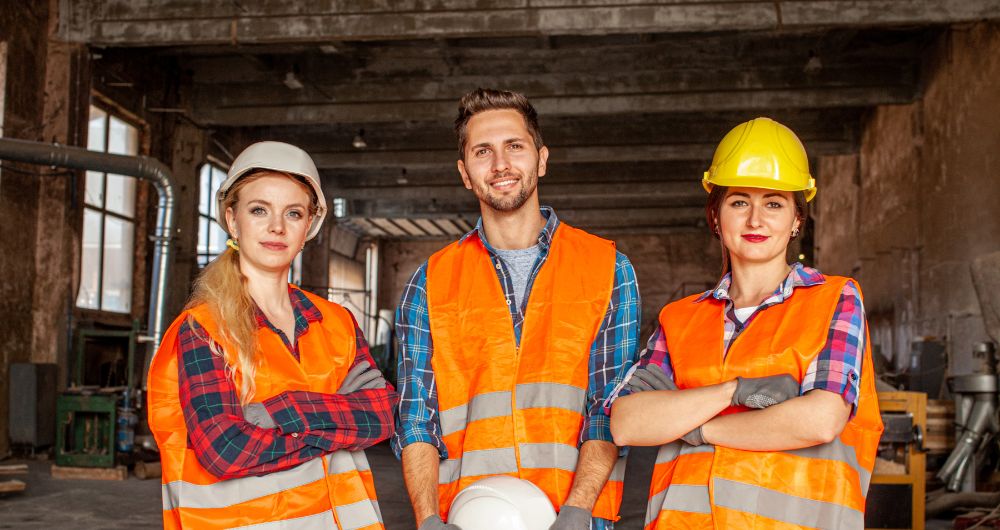
Safety is not just a priority—it's a commitment. Partner with Claris Design•Build to ensure your construction projects are executed safely, efficiently, and with the highest standards of quality. From architectural design and project planning to general contracting and construction management, Claris Design•Build has the expertise to handle every phase of your project with unmatched professionalism.
Whether you're building commercial spaces, educational facilities, industrial structures, or specialty projects, Claris Design•Build delivers exceptional results while prioritizing safety and compliance. Trust a company with a proven track record of excellence to minimize risks and maximize project success.
Ready to build safely and smartly? Contact Claris Design•Build today to discuss your next project and discover how our comprehensive services can meet your needs!



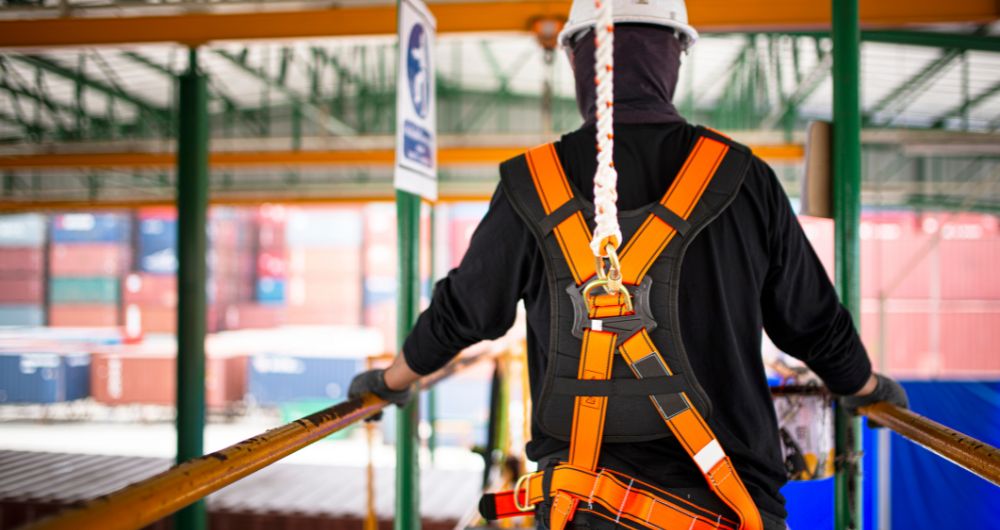
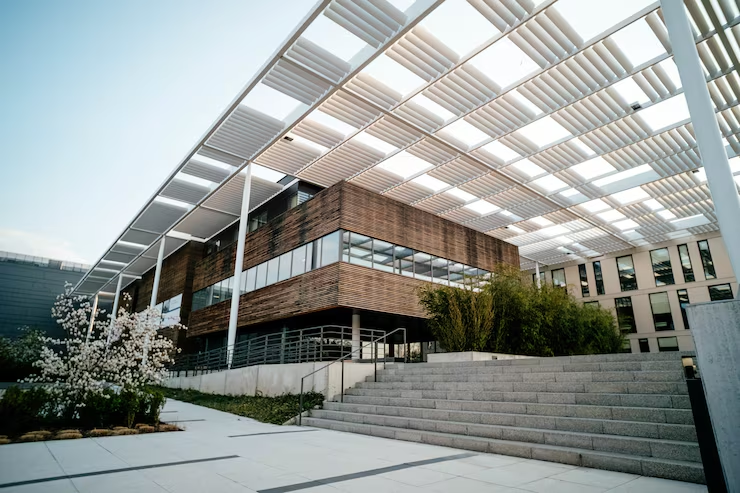
![[2025 Updates] Top 15 Benefits of AI in the Construction Industry](https://www.clarisdesignbuild.com/wp-content/uploads/2024/03/pexels-pixabay-256090.jpg)
